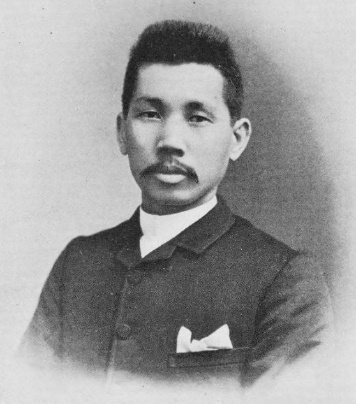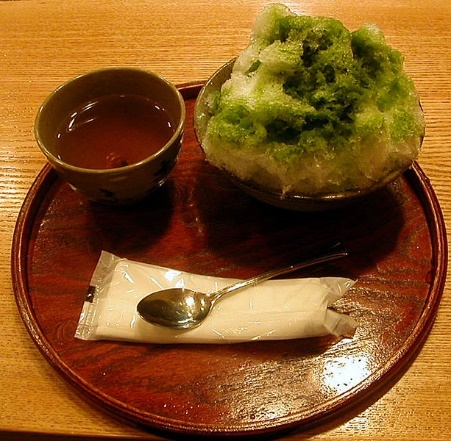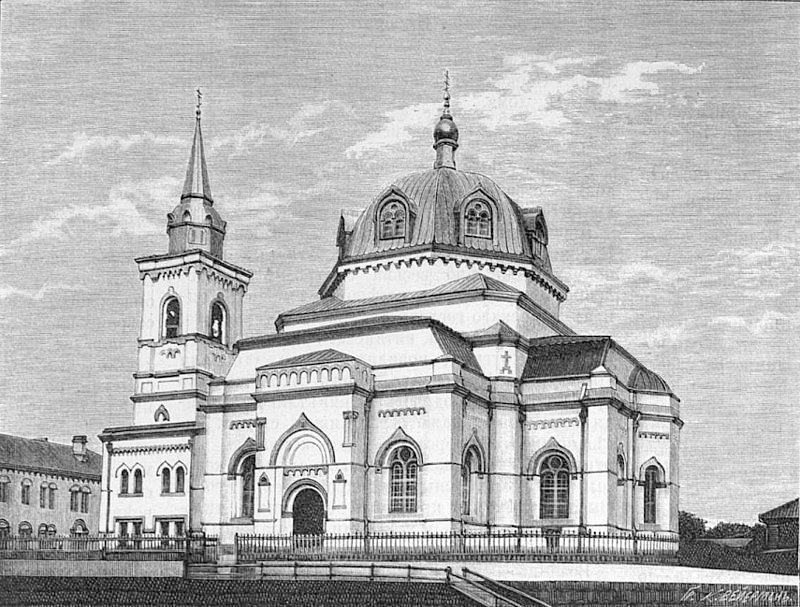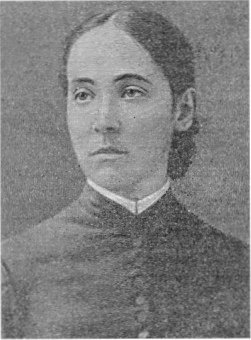
Social Relations
Japanese Socialists
Activities
During his stay in Tokyo, Piłsudski had very close contacts with Japanese socialists. The earliest time he met them in Tokyo was at a welcome party organized by activists for one of the most prominent figures of Japanese socialism, Sen Katayama, who returned to Japan after a period of emigration to the United States. On 6 February 1906, a party was held on this occasion at the Yoshidaya restaurant in the literary-university district of Kanda, relatively close to the guest house where Piłsudski stayed.
Katayama Sen
Katayama was a key figure in Japan’s socialist and later communist movement. He came from a peasant family, worked in many trades in Japan, the USA, and England; first he was a self-taught, and after his first emigration to the USA, he studied at several universities. He closely watched the trade union movement worldwide and founded the first trade unions in Japan among steel mill workers, and soon after the first trade union federation. In 1901, he became one of the initiators of the founding of the Social Democratic Party of Japan (which was immediately banned by the Japanese government); then Katayama went on emigration again, and in 1900, was elected in absentia as a member of the office of the Executive Committee of the Second International. In August 1904, he attended the Sixth Congress of the International in Amsterdam, where he spoke out against the Russo-Japanese War. He engaged in large-scale rice cultivation in Texas, but the business did not bring a profit. Katayama then decided to return from emigration, and this is the time when Piłsudski met him.
Katayama’s welcome meeting was advertised in the party newspaper “Hikari”, where Piłsudski was announced as a special guest and representative of the Russian Socialist Party. Asked by his hosts, Piłsudski gave a speech, which was translated from Russian by Akira Kashima, another former student of the Orthodox seminary.

A part of the speech that was preserved (in Japanese, in Katayama’s Memoirs) is very interesting. Supposedly, Piłsudski said that he first had encountered socialism while still in gymnasium and considered the movement hostile to his homeland (!). However, he later realized that this was “a great truth that could save the world,” and so as a university student he joined the revolutionary movement. This resulted in his imprisonment and exile; he was freed thanks to a general amnesty. At the end of his speech, Piłsudski supposedly said that socialism represented a bright future and that building socialism was the collective responsibility of humanity.
Undoubtedly, thanks to Piłsudski’s connections among Japanese socialists in Tokyo, the April issue of “Hikari” contained a detailed article on Russian revolutionaries from the Nagasaki group, including Vadetsky (Piłsudski was not its author). Later, the “Volya” magazine published articles by Chinese and Japanese activists, which depicted the situation in the socialist movement in China under the rule of the Manchurian Qing dynasty, and in Japan which was increasingly moving toward imperialism.
Two other colorful figures from among Japanese socialists were the Miyazaki brothers: Tamizō and Tōten. The first of them was involved in the movement for agrarian reform – the situation of peasants in Japan was deplorable, and an urgent solution was needed for this pressing socio-political problem. Tōten, on the other hand, was one of the close associates of the members of the Chinese national liberation movement, especially Sun Yat-sen.
Piłsudski met both of them.

Tokijirō Katō
He was a friend and personal physician of Shūsui Kōtoku, one of the most prominent socialist activists of the early 20th century, a journalist (influenced by Kropotkin’s anarchist thought), and a co-founder of the “Hikari” magazine; Katō was his mentor and sponsor. He also provided financial support for a number of socialist initiatives, including the publication of “Heimin Shinbun” (People’s Newspaper), often called “Heimin” (People), which was its abbreviated name.
Katō was one of Japan’s very active socialists; he sat on the Tokyo City Council, so he was well versed in the social situation of the capital; shortly after meeting Piłsudski, he traveled to Europe and participated in the International Socialist Congress in Stuttgart in 1907. Katō founded a hospital in Tokyo (incidentally located not far from the Hakodate House, where Piłsudski resided), named “Heimin Byōin” (Hospital of the Common Man, or People’s Hospital), which not only provided medical assistance to less well-off patients, but also became the venue for the first congress of the Japanese Socialist Party in February 1906.
Piłsudski continued his correspondence with Katō even after his return to Europe, and even intended to meet with him in Bern in 1907. However, most likely the meeting did not take place as in that year Piłsudski traveled with Maria Żarnowska to Carlsbad and Zakopane.




